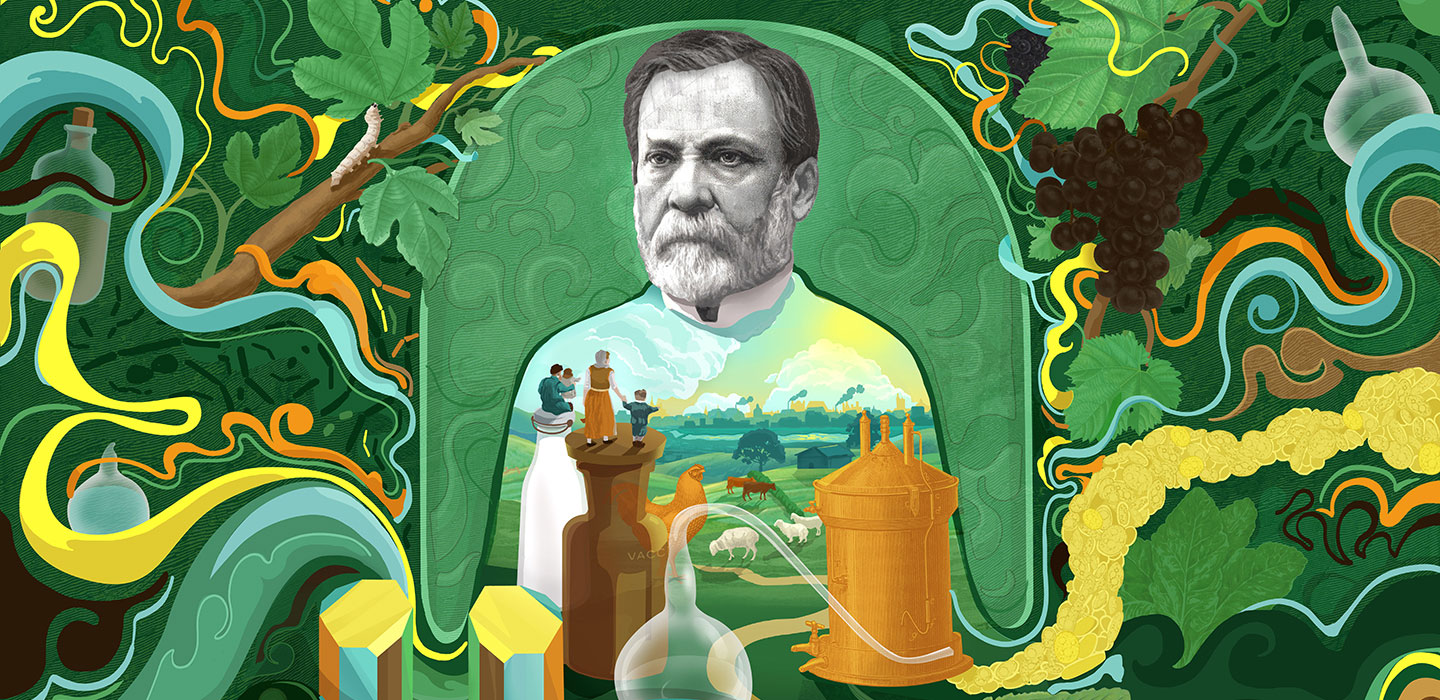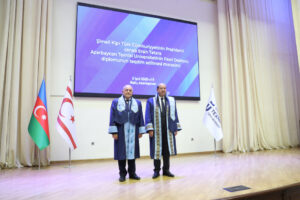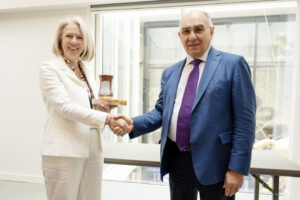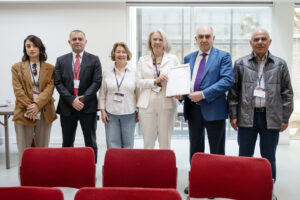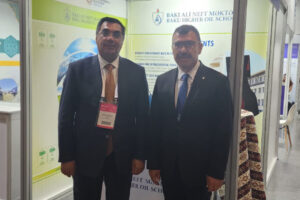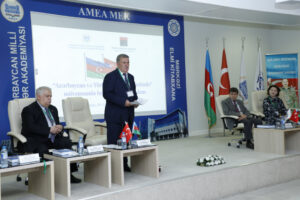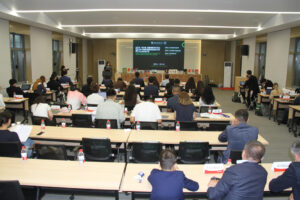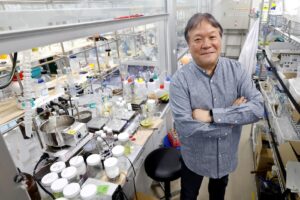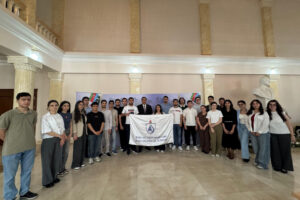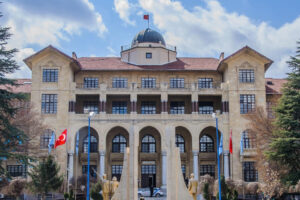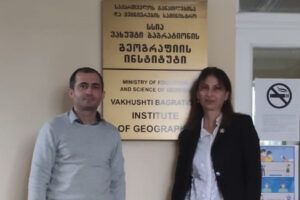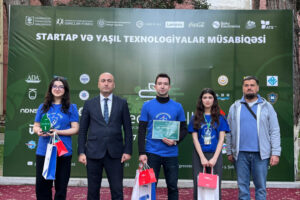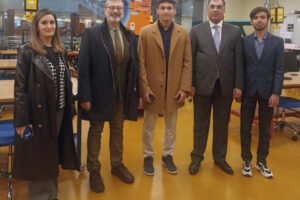Tokyo, 21 November, /AJMEDIA/
Great scientists become immortalized in various ways.
Some through names for obscure units of measurement (à la Hertz, Faraday and Curie). Others in elements on the periodic table (Mendeleev, Seaborg, Bohr, among many others). A few become household names symbolizing genius — like Newton in centuries past and nowadays, Einstein. But only one has been honored on millions and millions of cartons of milk: the French chemist, biologist and evangelist for experimental science Louis Pasteur.
Pasteur was born 200 years ago this December, the most significant scientist birthday bicentennial since Charles Darwin’s in 2009. And Pasteur ranked behind only Darwin among the most exceptional biological scientists of the 19th century.
Pasteur not only made milk safe to drink, but also rescued the beer and wine industry. He established the germ theory of disease, saved the French silkworm population, confronted the scourges of anthrax and rabies, and transformed the curiosity of vaccination against smallpox into a general strategy for treating and preventing human diseases. He invented microbiology and established the foundations for immunology.
Had he been alive after 1901, when Nobel Prizes were first awarded, he would have deserved one every year for a decade. No other single scientist demonstrated more dramatically the benefit of science for humankind.
He was not, however, exactly a saint. A Pasteur biographer, Hilaire Cuny, called him “a mass of contradictions.” Pasteur was ambitious and opportunistic, sometimes arrogant and narrow-minded, immodest, undiplomatic and uncompromising. In the scientific controversies he engaged in (and there were many), he was pugnacious and belligerent. He did not suffer criticism silently and was often acerbic in his responses. To his laboratory assistants, he was demanding, dictatorial and aloof. Despite his revolutionary spirit in pursuing science, in political and social matters, he was conformist and deferential to authority.
And yet he was a tireless worker, motivated by service to humankind, faithful to his family and unwaveringly honest. He was devoted to truth, and therefore also to science.
How Pasteur developed pasteurization
In his youth, Pasteur did not especially excel as a student. His interests inclined toward art rather than science, and he did display exceptional skill at drawing and painting. But in light of career considerations (his father wanted him to be a scholar), Pasteur abandoned art for science and so applied to the prestigious École Normale Supérieure in Paris for advanced education. He finished 15th in the competitive entrance examination, good enough to secure admission. But not good enough for Pasteur. He spent another year on further studies emphasizing physical sciences and then took the École Normale exam again, finishing fourth. That was good enough, and he entered the school in 1843. There he earned his doctoral degree, in physics and chemistry, in 1847.
Among his special interests at the École Normale was crystallography. In particular he was drawn to investigate tartaric acid. It’s a chemical found in grapes responsible for tartar, a potassium compound that collects on the surfaces of wine vats. Scientists had recently discovered that tartaric acid possesses the intriguing power of twisting light — that is, rotating the orientation of light waves’ vibrations. In light that has been polarized (by passing it through certain crystals, filters or some sunglasses), the waves are all aligned in a single plane. Light passing through a tartaric acid solution along one plane emerges in a different plane.
Even more mysteriously, another acid (paratartaric acid, or racemic acid), with the exact same chemical composition as tartaric acid, did not twist light at all. Pasteur found that suspicious. He began a laborious study of the crystals of salts derived from the two acids. He discovered that racemic acid crystals could be sorted into two asymmetric mirror-image shapes, like pairs of right-handed and left-handed gloves. All the tartaric acid crystals, on the other hand, had shapes with identical asymmetry, analogous to gloves that were all right-handed.
Pasteur deduced that the asymmetry in the crystals reflected the asymmetric arrangement of atoms in their constituent molecules. Tartaric acid twisted light because of the asymmetry of its molecules, while in racemic acid, the two opposite shapes canceled out each other’s twisting effects.
Pasteur built the rest of his career on this discovery. His research on tartaric acid and wine led eventually to profound realizations about the relationship between microbes and human disease. Before Pasteur, most experts asserted that fermentation was a natural nonbiological chemical process. Yeast, a necessary ingredient in the fermenting fluid, was supposedly a lifeless chemical acting as a catalyst. Pasteur’s experiments showed yeast to be alive, a peculiar kind of “small plant” (now known to be a fungus) that caused fermentation by biological activity.
Pasteur demonstrated that, in the absence of air, yeast acquired oxygen from sugar, converting the sugar to alcohol in the process. “Fermentation by yeast,” he wrote, is “the direct consequence of the processes of nutrition,” a property of a “minute cellular plant … performing its respiratory functions.” Or more succinctly, he proclaimed that “fermentation … is life without air.” (Later scientists found that yeast accomplished fermentation by emitting enzymes that catalyzed the reaction.)
Pasteur also noticed that additional microorganisms present during fermentation could be responsible for the process going awry, a problem threatening the viability of French winemaking and beer brewing. He solved that problem by developing a method of heating that eliminated the bad microorganisms while preserving the quality of the beverages. This method, called “pasteurization,” was later applied to milk, eliminating the threat of illness from drinking milk contaminated by virulent microorganisms. Pasteurization became standard public health practice in the 20th century.
Incorporating additional insights from studies of other forms of fermentation, Pasteur summarized his work on microbial life in a famous paper published in 1857. “This paper can truly be regarded as the beginning of scientific microbiology,” wrote the distinguished microbiologist René Dubos, who called it “one of the most important landmarks of biochemical and biological sciences.”
The germ theory of disease is born
Pasteur’s investigations of the growth of microorganisms in fermentation collided with another prominent scientific issue: the possibility of spontaneous generation of life. Popular opinion even among many scientists held that microbial life self-generated under the proper conditions (spoiled meat, for example). Demonstrations by the 17th century Italian scientist Francesco Redi challenged that belief, but the case against spontaneous generation was not airtight.

